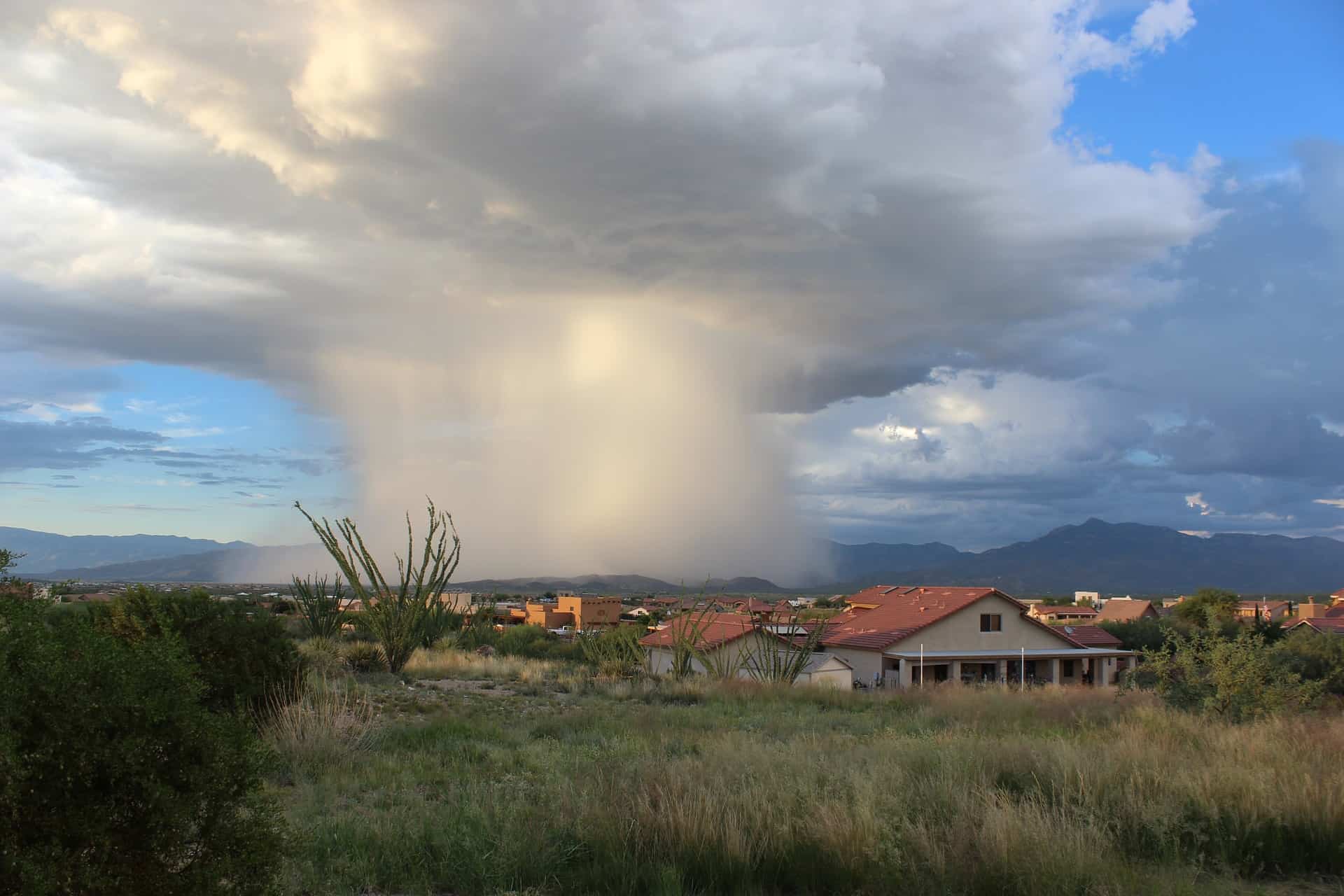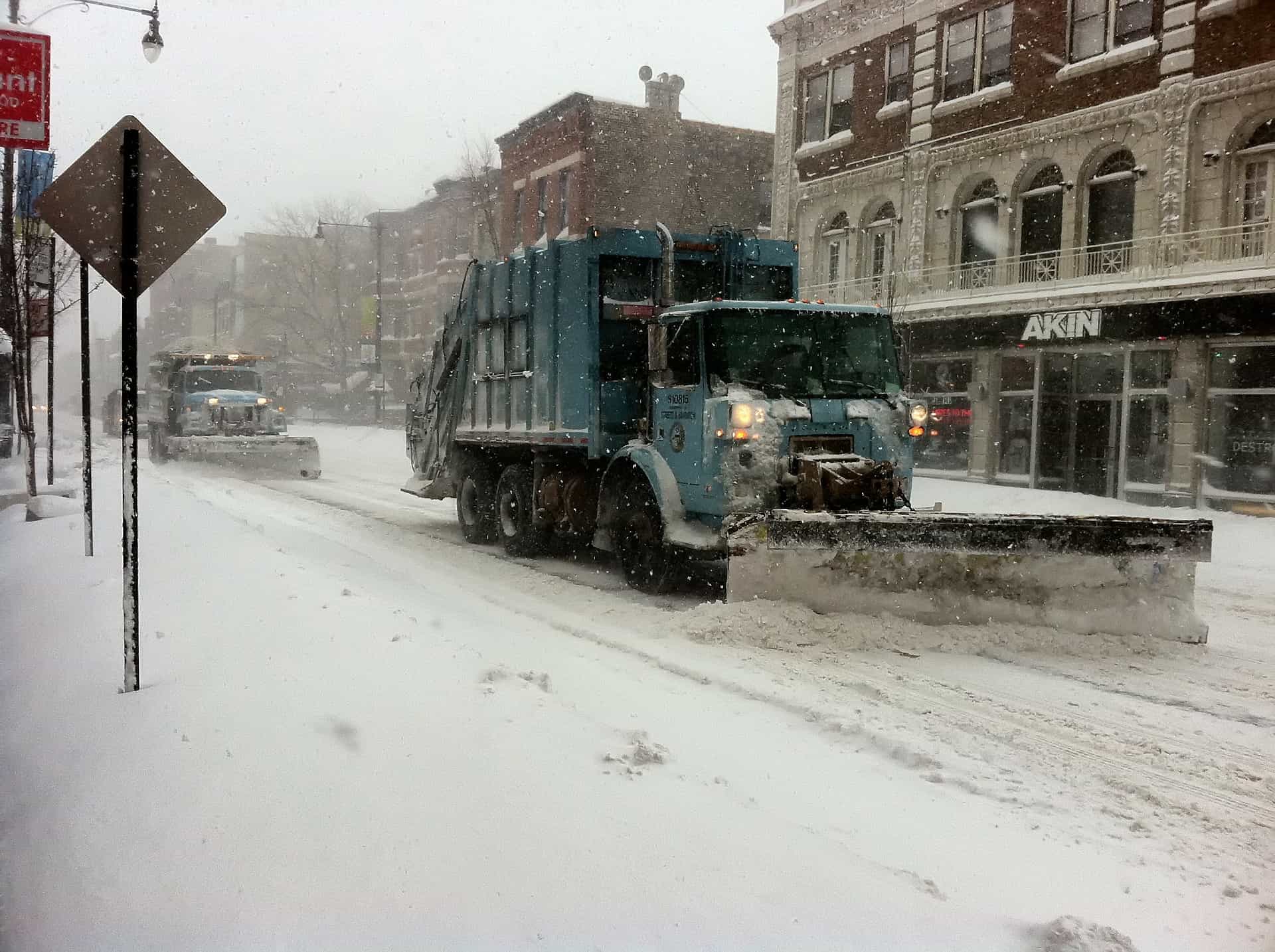SXM Blog
How to Prep For Every Type of Natural Disaster8/1/2017 - By Redfin Guest Blogger If a tornado, hurricane or earthquake struck your house tomorrow, would you be ready? Image via Pixabay Image via Pixabay
Most people take safety precautions every day without thinking twice: we wear seatbelts, we lock our doors at night, we childproof our homes so that little hands can’t get hurt. But sometimes, it’s difficult to see a bigger picture when it comes to safety. When the sun is shining in a cloudless sky, for example, it seems silly to think about preparing for a hurricane, but that is actually the best time to get ready. When a storm threatens your area, there will be little time to make plans and figure out an evacuation route. Some of the most common and destructive disasters include earthquakes, hurricanes, tornadoes, and floods, and all of these can occur in various parts of the United States. While earthquakes aren’t as common, they do affect 45 of our 50 states, particularly on the West Coast. What’s more, earthquakes can trigger shifts in the ocean, leading to flooding in some areas and creating a second disaster. Knowing what to expect in your area is half the battle when it comes to preparing yourself, your family, and your pets for any event. It’s also helpful to think about preparedness outside of the home; keeping a first-aid kit and a jug of water in the car, for example, is a simple way to give yourself peace of mind. Disaster can strike anywhere, at any time, and as scary as it can be to think about, being prepared is imperative these days. Whether it comes in the form of bad weather, illness, or an environmental accident, there are many things you can do to ensure you and your family are protected and safe. Here, we’ll go through some of the most common disasters and give you natural disaster safety tips for each. EarthquakesWhile much of the country doesn’t have experience with earthquakes, some states are more at risk than others for strong events. Alaska, California, Hawaii, Nevada, Washington, Idaho, Wyoming, Utah, Oregon, and Montana are at the top of the list, with Alaska experiencing over12,000 earthquakes between 1974 and 2003. For those who live in the danger zones, making a plan with your family is a great start in becoming prepared for a quake event.
Once the earthquake stops, be sure to stay away from power lines and use stairs instead of elevators. Aftershocks are common and can lead to power outages, which could trap you in an elevator. Sometimes, fire alarms and sprinkler systems will be triggered by the violent movement of the quake and don’t always signal an actual fire, but proceed with caution even if you don’t see or smell smoke. Floods Image via Pixabay Image via Pixabay
Flooding can be caused by a variety of things, including earthquakes and heavy storms. Prone areas obviously include any state with an ocean border as well as low-lying land, such as in Georgia and Louisiana. While it can be difficult to prepare for such an unpredictable disaster, there are many things you can do to ensure you and your family will be able to stay safe until help comes.
Be sure to teach small children about the dangers of rising water and what to do in case of an emergency so they won’t be frightened when the time comes to implement your plan. HurricanesIf you live near the coast or on an island, you’re probably well-aware of the damage hurricanes and strong tropical storms can do. Still, it never hurts to be prepared for high winds, flooding, and the damage that can come from flying debris. Below is a handy checklist for things you need to think about during hurricane season.
As with any natural disaster, do your best to listen to newscasts for information on where to go and possible places to avoid. It’s also always a good idea to speak with children about the dangers of rising waters and staying close during evacuations so they’ll be ready when the time comes. FiresA house fire can quickly become deadly, and there are many different causes that can be prevented if you know what to look for. From checking smoke alarms to refraining from smoking in bed, there are several ways to keep your home – and everyone in it – safe.
WildfiresWildfires present a very different sort of danger, mostly for those who live in dry, warm climates such as southern California or Texas. During droughts, the potential for wildfires is increased greatly, and many people have lost their homes in recent years due to uncontrollable blazes that burn through wooded areas. One of the best ways to be prepared in the event of a wildfire is to maintain wells, fire hydrants, ponds, or other water sources and keep them well-marked so that entrances can be easily spotted. You can also:
Winter Storms Image via Pixabay Image via Pixabay
Winter storms can hit fast and hard, and large sections of the population are at risk from the cold during the worst months, such as infants, the disabled, and the elderly. If you live in a rural area or don’t have close neighbors, it’s especially important to be prepared for winter storms not just for safety, but for continued survival during times when travel is impossible.
It can also be helpful to keep a list of people to call and check on when weather gets bad, such as grandparents or people with young children at home, and keep a portable cell phone charger handy. Tornadoes Image via Pixabay Image via Pixabay
While tornadoes are similar in threat to hurricanes, they carry different precaution needs that anyone who lives in prone areas should be familiar with. States in the Midwest and the Southare especially hard hit during spring and summer months. In 2015, Oklahoma had 111 tornadoes, with May being the worst month for funnel clouds. These storms vary in intensity but often bring extremely high winds, hail, and unpredictable paths. Quite a bit of damage can occur from flying debris, which can also cause injury if you are not properly covered. Since tornadoes can pop up unexpectedly, it’s best to plan out a course of action in case one strikes near your home and share it with your family. Familiarize everyone with the warning signs of a tornado: dark clouds that can take on a yellow or greenish tinge, rapidly swirling clouds, hail, and loud, heavy winds are all signals that a funnel cloud could form. Many towns have tornado sirens, and these days, smartphones come equipped with the option to receive weather alerts automatically. With the progress that has been made in technology, weather forecasters are able to warn communities fairly quickly about what’s headed their way, but tornadoes are a fickle beast and like to change course. The more prepared you are, the better.
Volcanic EruptionsWhile much of the U.S. has never had to cope with a volcano eruption, most of Hawaii and other island states have active volcanoes which can cause earthquakes and tsunamis and can bury entire towns in ash. Because eruptions are almost impossible to pinpoint, it’s difficult to be fully prepared for one. But there are several things you can do to take precautions and keep your family safe, including mapping out an evacuation route and keeping disaster supplies at the ready. These include:
Make sure your family is familiar with escape routes and make a plan for meeting up should you be separated when the volcano erupts. Also, keep everyone in the family informed about what to do in the event of a tsunami or earthquake and warn about the dangers of mudslides. For the most part, being prepared in the event of a disaster just takes some careful planning and a bit of communication between you and your family members. When everyone is on the same page, you’ll have peace of mind as well as a much easier time should an emergency occur. Planning ahead and buying supplies to put aside is always a good idea and doesn’t have to be done all at once. Adding on a case of bottled water during your usual grocery shopping trip is an easy way to start that won’t cost much money. You should also make sure you’ll be able to access these items easily during a storm or power outage and that you have enough for each family member for at least a few days depending on the disaster. For those who want to be as helpful as possible during a disaster, there are classes that can be taken at local chapters of the Red Cross, the YMCA, or at community colleges that allow you to learn CPR for infants, children, and adults as well as different lifesaving methods. Check online for classes near you; some will certify you in a matter of weeks. https://www.redfin.com/blog/2016/06/the-homeowners-ultimate-guide-to-natural-disaster-safety.html |
||||||||||

